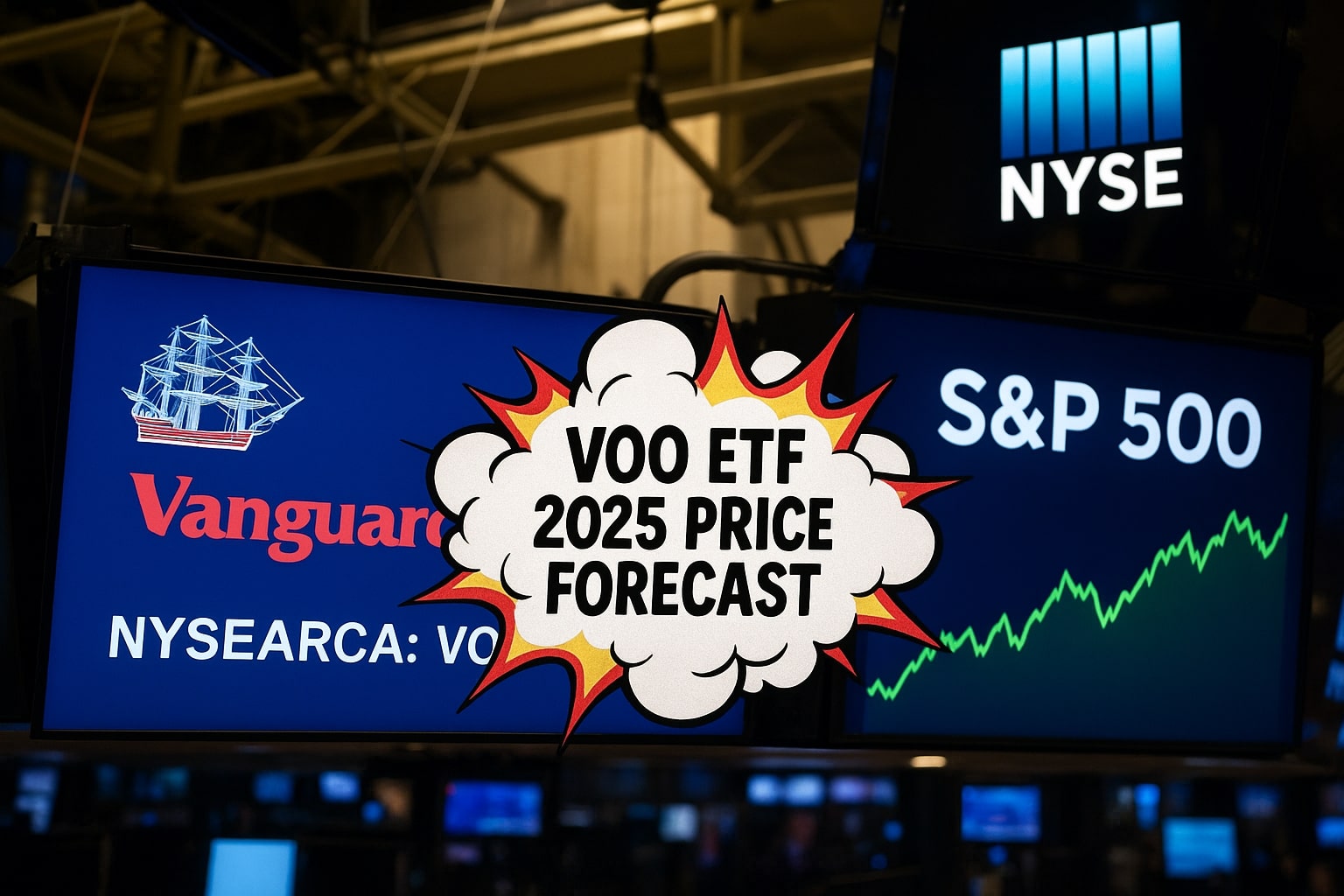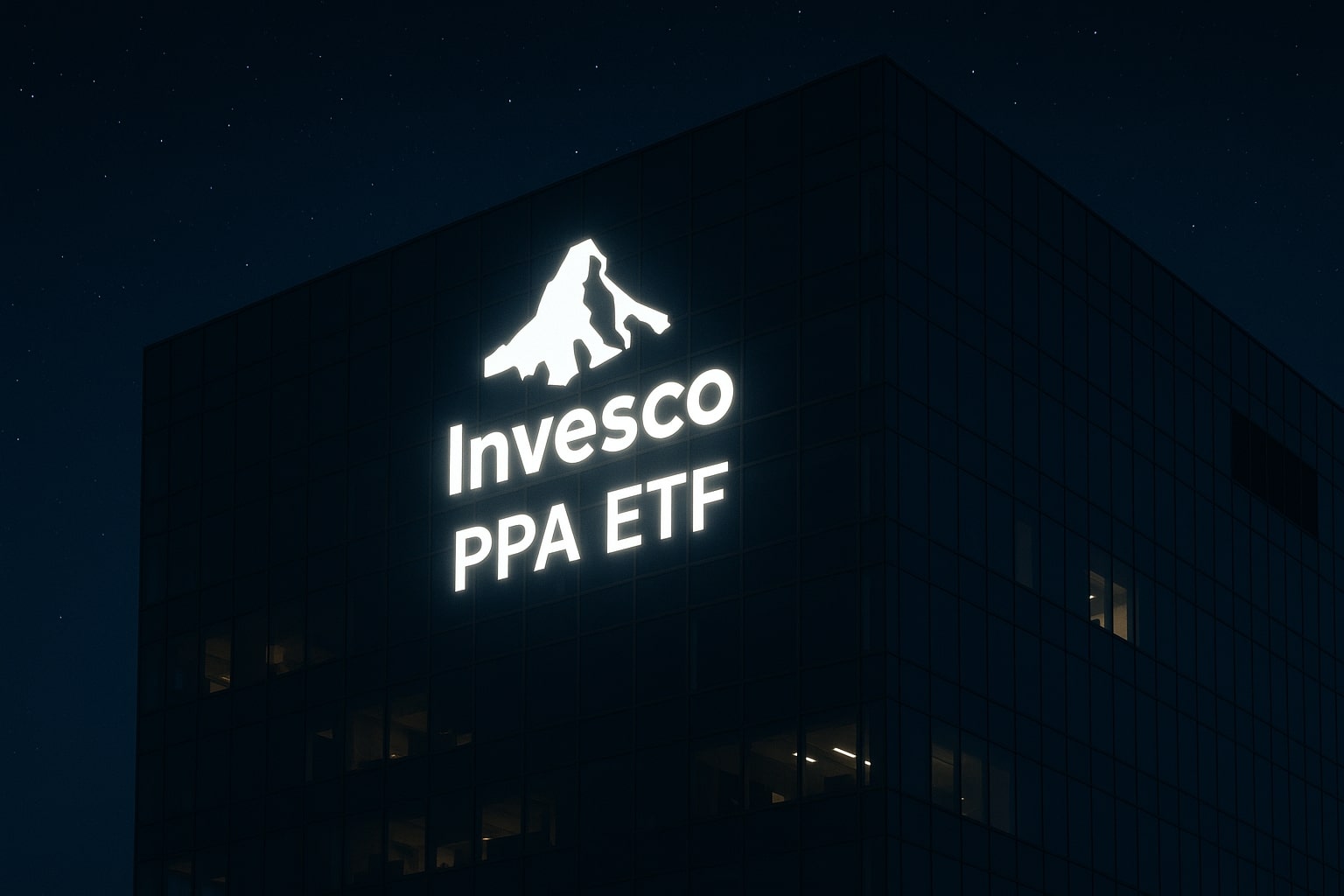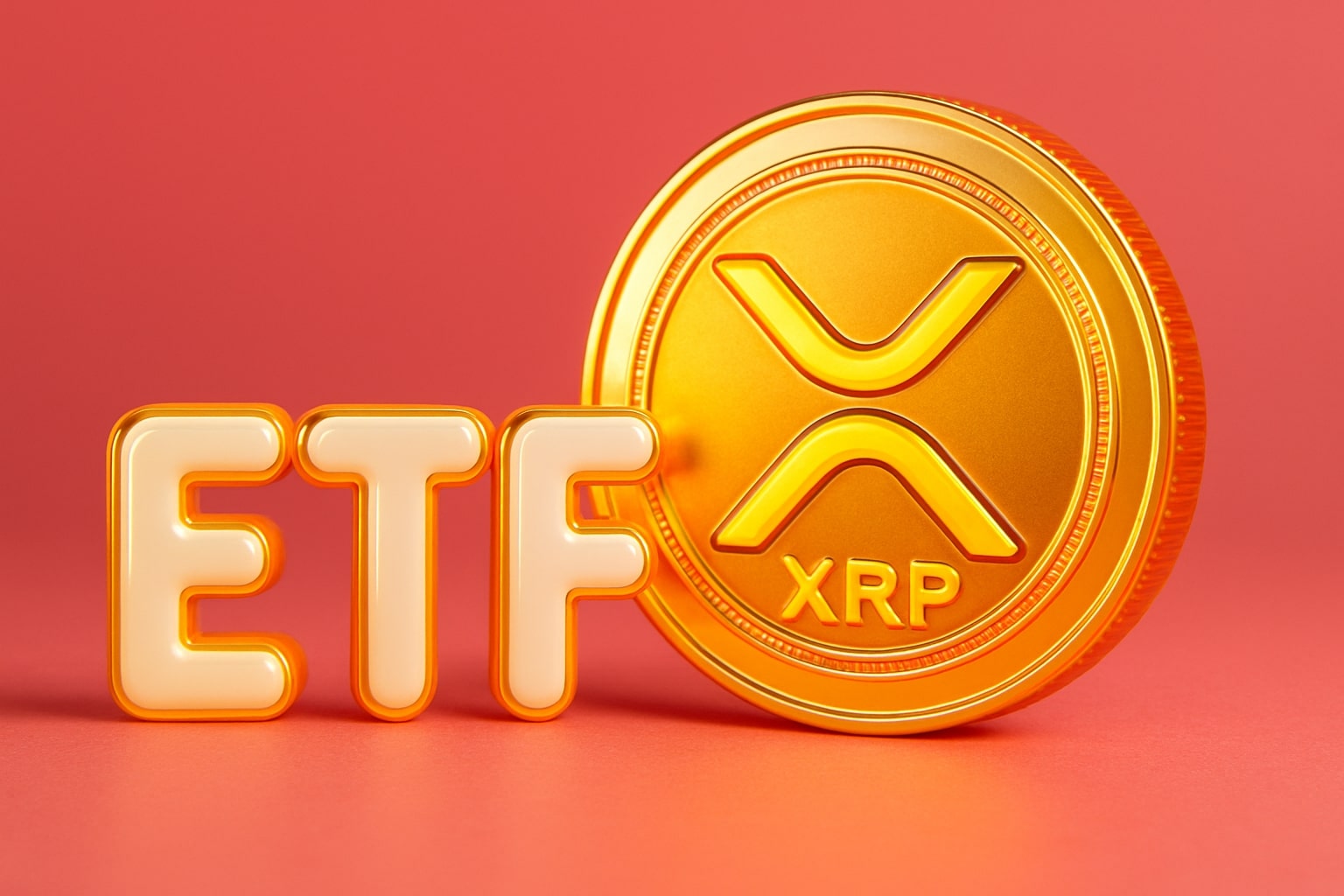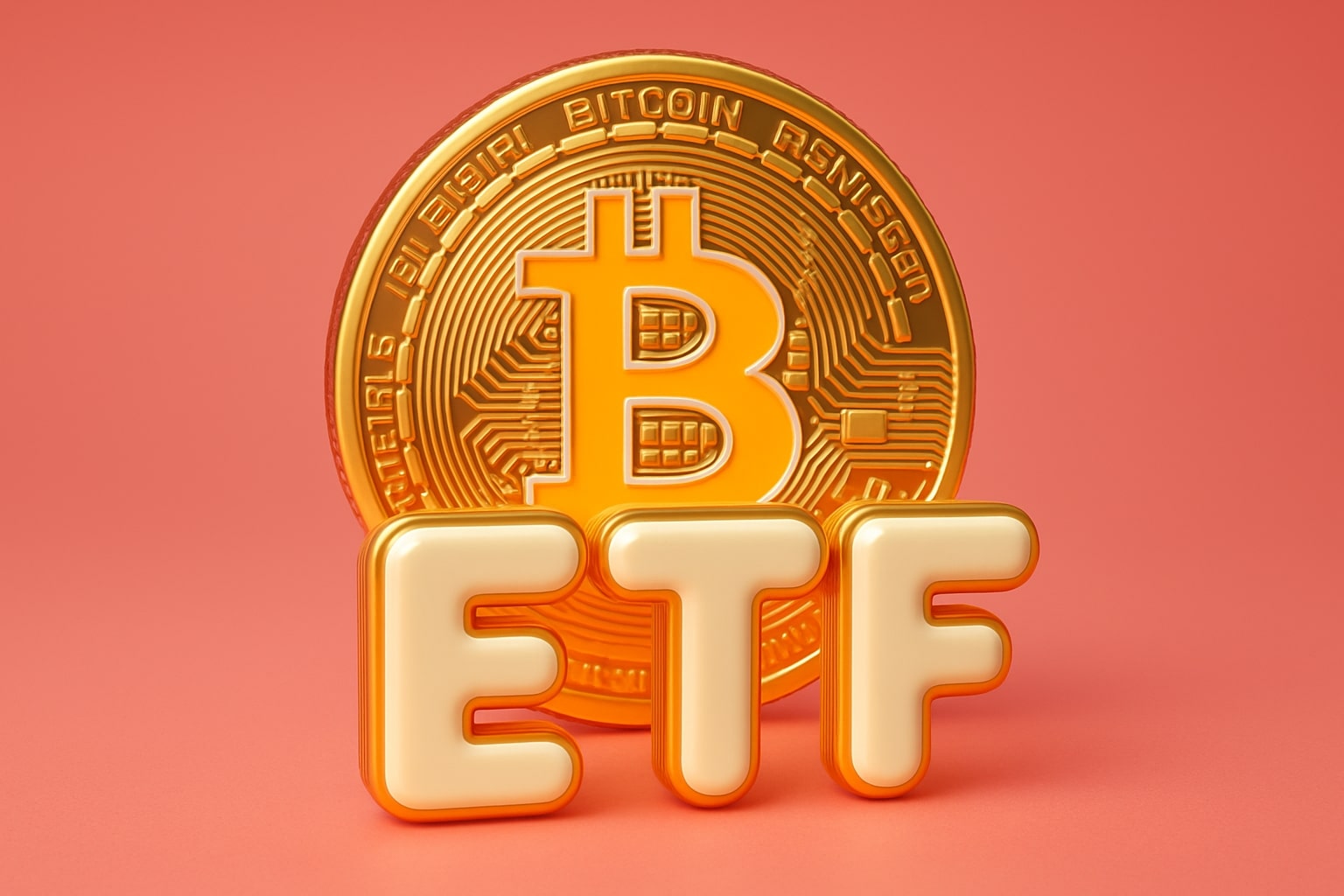
VOO ETF Price Forecast - $739 Balances Inflation Risks and Fed Cut Uncertainty
After climbing 19% YTD to $739, NYSEARCA:VOO rides trillion-dollar scale and AI-fueled earnings, yet tariff pass-through and core CPI at 3.1% threaten to stall momentum if the Fed delivers only one rate cut instead of two | That's TradingNEWS
NYSEARCA:VOO ETF Analysis – Inflation Risks, Rate Cuts Uncertainty, and Global Shifts in Market Drivers
Rising Inflation Pressures and Impact on NYSEARCA:VOO
The Vanguard S&P 500 ETF (NYSEARCA:VOO), which mirrors the S&P 500 index, has continued to rally throughout 2025, supported by strong earnings from mega-cap techs and sustained investor demand for passive exposure to U.S. equities. Yet, beneath the bullish momentum, core risks have emerged that could affect performance in the months ahead. July’s CPI data showed headline inflation easing to 2.7% year-over-year, slightly below consensus, but the core CPI rose by 0.3% month-over-month, its steepest jump since January. Core CPI is now running at 3.1% YoY, above the 3.0% expected. Categories such as airline fares (+4.0% m/m), medical care (+0.7% m/m), and used cars (+0.5% m/m) led the rise. More importantly, supercore CPI, which strips out shelter and energy but includes services, was up 0.5% m/m, the strongest since January. For investors in VOO, these details matter—higher inflation pressures the Federal Reserve to moderate its rate cut path, directly influencing the ETF’s valuation multiples.
Federal Reserve Policy and Rate Cut Uncertainty
Markets are currently pricing two rate cuts before year-end, with the first expected in September. The second cut, anticipated for December, looks increasingly shaky. If the Fed backtracks to only one cut due to inflation concerns, valuations of the S&P 500 could face repricing. The consensus expectation of dual cuts is a cornerstone of bullish sentiment supporting VOO’s current levels. Should that change, downside volatility could be significant. The CME FedWatch tool shows probabilities shifting, with September’s cut at 90% odds, while December has slipped from 85% to closer to 60%. The ETF, trading near all-time highs, is sensitive to this repricing.
Tariffs and Consumer Price Pass-Through
A key driver behind inflationary risk is tariffs imposed earlier in 2025. Data from the BLS Import Price Index rose 0.4% m/m, suggesting foreign exporters are not lowering pre-tariff prices. Meanwhile, the PPI trade services margin index rose 2% m/m, indicating U.S. retailers passed costs onto consumers instead of absorbing them. This dynamic points to tariffs being fully reflected in consumer prices. For NYSEARCA:VOO, where the top 20 holdings represent nearly 40% of the ETF and trade at an average P/E of 49 and P/FCF of 70, tariff-driven CPI pressures raise the risk of multiple contraction.
Corporate Valuations and AI Productivity Gains
Valuations remain a critical concern. The top 20 constituents of the S&P 500, which include Apple, Microsoft, Amazon, and Nvidia, trade at forward P/E ratios significantly above historical norms. Even excluding Tesla, the group trades at an average P/E of 40. The premium is justified by earnings beats and AI-driven growth narratives, but fragile when weighed against potential monetary tightening. However, productivity gains from agentic AI adoption are beginning to reshape corporate cost structures. Companies like CrowdStrike, which laid off 500 employees while highlighting its Charlotte AI automation tool, show how enterprises are sustaining margins and potentially lowering future labor costs. For VOO, this trend supports long-term earnings expansion, even if short-term inflation pressures valuations.
Geopolitical Risk and Global Peace Dividend
Another dimension for NYSEARCA:VOO investors is geopolitics. A possible peace settlement between Russia and Ukraine, heavily pushed by President Trump, could lower energy and commodity prices. Lower oil prices would ease CPI pressures and support a stronger case for multiple Fed cuts. Conversely, a breakdown in talks could lift energy prices again and drive volatility in equities. Energy stocks, represented in smaller allocations within VOO, could underperform if Russian oil flows return, while tech and consumer sectors would benefit from easing inflation.
Labor Market and Fed Leeway
Unemployment remains low, but with signs of structural shifts from AI. Weekly jobless claims remain below 250,000, showing resilience. However, incremental increases in unemployment, if tied to AI-driven automation rather than economic weakness, may actually give the Fed cover to cut rates more aggressively. For VOO, this would be supportive of valuations, as markets tend to reward pro-growth policy pivots.
Performance Metrics and Capital Flows
As of mid-August, NYSEARCA:VOO manages over $1.3 trillion in assets, cementing its role as a core allocation for both retail and institutional investors. Year-to-date, the ETF is up nearly 19%, closely tracking the S&P 500’s 18.7% gain. Trading volumes have been robust, averaging $4.5 billion daily turnover, signaling steady institutional participation. Dividend distributions remain attractive, with a trailing twelve-month yield of 1.35%, providing income stability alongside capital appreciation.
Verdict on NYSEARCA:VOO
The ETF’s outlook is defined by two forces pulling in opposite directions. On one hand, rich valuations, tariff-driven inflation, and Fed hesitation create downside risks. On the other, AI-driven productivity, resilient earnings, and potential geopolitical peace could sustain momentum. With the ETF trading at stretched multiples but backed by corporate profitability, the case leans bullish for long-term holders but cautious for those expecting near-term gains. At current levels, NYSEARCA:VOO is best rated as a Hold with selective Buy opportunities on any pullback tied to inflation or Fed repricing shocks.
That's TradingNEWS
Read More
-
PPA ETF at $154: Can This Defense ETF Keep Beating ITA and SPY?
14.12.2025 · TradingNEWS ArchiveStocks
-
XRP ETFs XRPI and XRPR Pull In $975M While XRP-USD Fights To Hold $2
14.12.2025 · TradingNEWS ArchiveCrypto
-
Natural Gas Price Forecast: NG=F Hits $4.11 As Warm Winter Outlook Puts $3.913 Support At Risk
14.12.2025 · TradingNEWS ArchiveCommodities
-
USD/JPY Price Forecast - Dollar to Yen Can BoJ’s 0.75% Shock Break The 155–158 Range?
14.12.2025 · TradingNEWS ArchiveForex


















